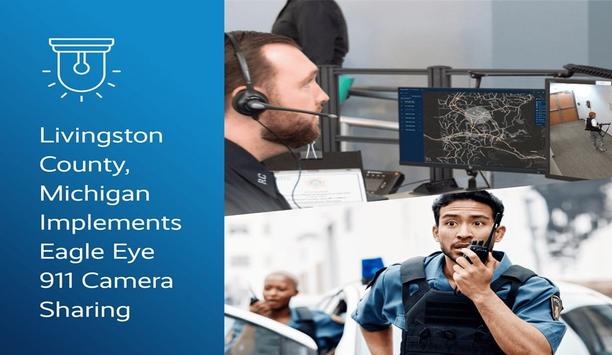 What might police modernisation mean for private security companies and consultancies? Alan Beckley, director, Baddiley Associates, offers some pointers.
What might police modernisation mean for private security companies and consultancies? Alan Beckley, director, Baddiley Associates, offers some pointers.
- Greater inclusion in the ‘extended family of policing’
- Need to form new relationships based on new police structure
- Need to understand new boundaries and new responsibilities
- Vigilance to spot new opportunities and police tasks, roles and responsibilities that fall off the list of police priorities
- Vigilance to spot opportunities relating to ‘outsourcing’ and agency work
- Vigilance to spot re-structuring opportunities such as facilities and estates management
- Vigilance to spot the two-way movement of staff:
a) FROM police forces on redeployment / redundancy of police staff due to new roles / responsibilities and / or re-alignment of resource requirements.
b) TO police forces upon greater flexibility / more points of entry for good, well qualified staff with ‘customer service’ and / or desired new skills and experience
For the police, it adds up to major change; nationally led, but locally implemented
- Alignment of strategic plans in partnership with the ‘wider policing family’ and local partnerships (statutory and voluntary)
- Alignment of policies, practices and procedures and working practices
- Alignment of business processes, customer relationship management, marketing and branding
- Alignment of human resource strategies and staffing arrangements
- New approaches towards recruitment, selection and promotion of individuals, deployment and mix of staff.
- New approaches towards ‘shared services’ across the spectrum of human resource, information communications technology, information management, criminal justice and facilities management
- New approaches towards outsourcing of functions and use of ‘agency’ staff.
The authoritative HM Inspectorate of Constabulary report ‘Closing the Gap’ identified the current key issues for policing in England and Wales and analysed to future policing environment being characterised as:
- Widespread enterprising organised criminality, proliferating international terrorism and domestic extremism
- A premium on intelligence, expertise and smart use of capacity
- An increasingly risk-concerned public and intrusive media.
The report concluded that the police service needs not only to deal effectively with volume crime, the current performance focus, but also have demonstrable readiness to tackle complex, volatile threats to individuals, neighbourhoods and businesses. This implies a major development in capability and to achieve this, changes must be made not only to the structure, but the whole configuration of policing at this level.
 Size to cope
Size to cope
The report recognised that although the Basic Command Units (BCUs), the existing local police command units or ‘divisions’, are ‘the critical building blocks of both the current structure and a possible new arrangement’. To effectively respond to the above threats, a new arrangement of the current police forces would be necessary to effect the necessary size and cohesiveness to cope in the new policing environment. Several models of new arrangements were suggested in the report but all relied on police forces being comprised of larger geographic areas and groupings of police forces to respond to organised crime and terrorism. Particular design considerations of the new set-up included size – minimum size of 4,000 police officers.

















